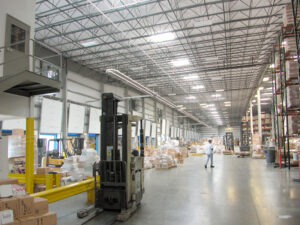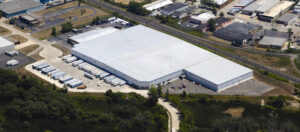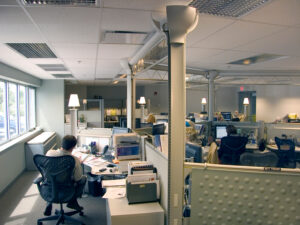Oatey
Cleveland, Ohio
Oatey presented Fogg with two major goals for this project – first, to construct a “state of the art” distribution center and second, to minimize the impact the new building would have on the environment.
These goals were a clear reflection of Oatey’s values and corporate culture to maximize ROI with sustainable design. Fogg designed the 250,000 SF LEED certified building to accommodate rack storage to 30’ high. Approximately 210,000 square feet is designed for general storage while the remaining warehouse area is designed for the hazardous storage of flammable liquids. About 14,000 square feet of office and logistics support areas were provided on the ground and mezzanine levels.
This project incorporates many sustainable design elements and construction practices designed to significantly reduce the negative impact of buildings on the environment and its occupants while having a positive impact on productivity and energy cost. These sustainable features include:



